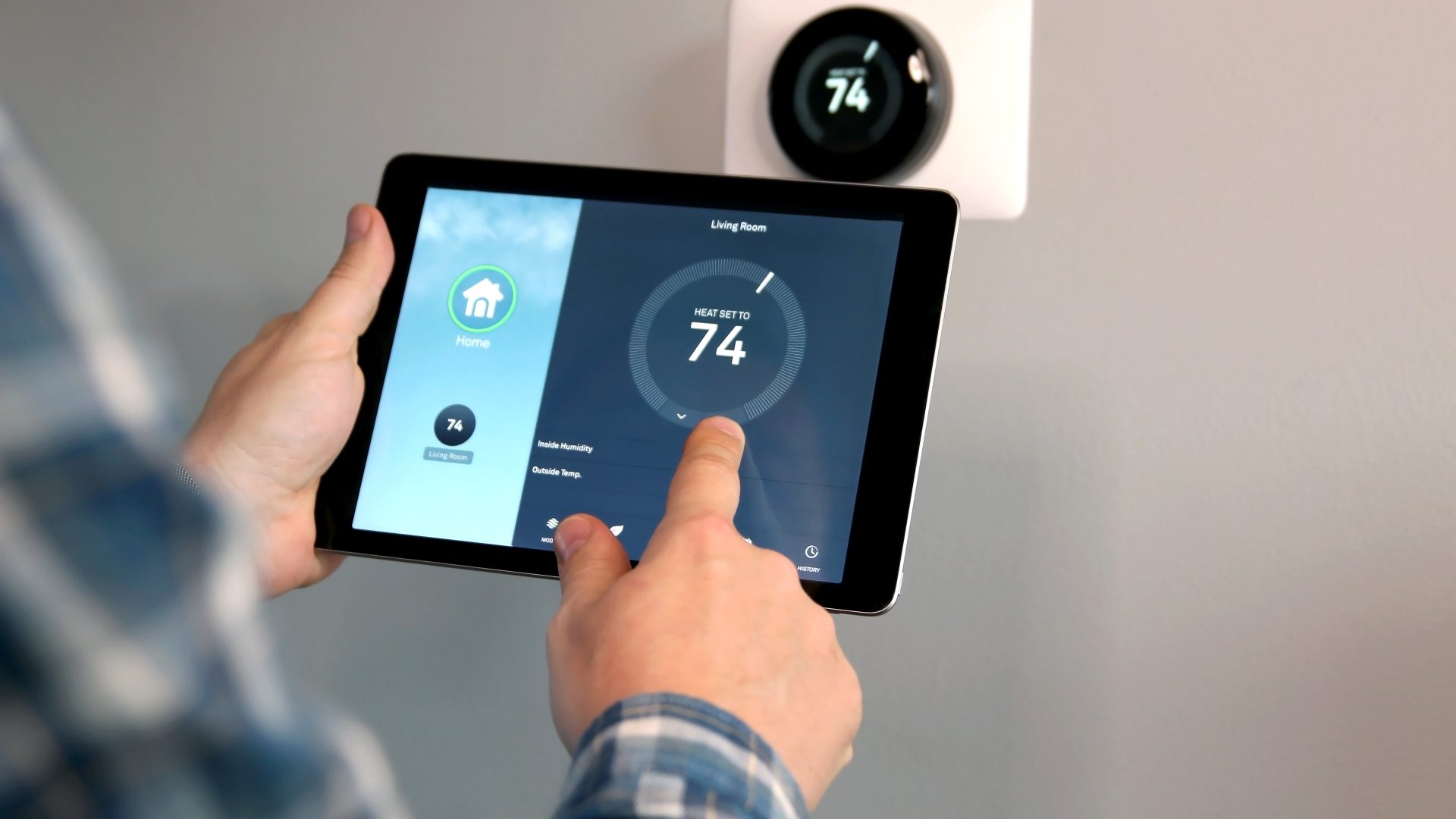Your HVAC system is essential for maintaining a comfortable and healthy indoor environment. When it stops working or begins to show signs of trouble, it can be tempting to immediately call a professional technician. However, many HVAC issues have simple causes that homeowners can address without assistance. Diagnosing these problems beforehand can save you time and money, ensuring that you only call a technician when it’s truly necessary.
At Advanced Cooling, we encourage our customers in Texas and Oklahoma to familiarize themselves with basic HVAC troubleshooting. Here’s a guide to help you diagnose common HVAC problems before reaching out to a professional.
Check the Thermostat
Sometimes, HVAC issues can stem from something as simple as an improperly set thermostat.
Troubleshooting Steps:
- Ensure the thermostat is set to the correct mode (heat or cool).
- Check if the temperature setting is appropriate for your comfort.
- Replace the batteries if the thermostat screen is blank or unresponsive.
- Make sure the thermostat is not located near heat sources, direct sunlight, or drafts, as this can affect its accuracy.
Inspect the Power Supply
An HVAC system that isn’t running may simply have a power issue.
Troubleshooting Steps:
- Verify that the HVAC unit is plugged in and that no circuit breakers have tripped.
- Reset any tripped breakers in your electrical panel.
- Check the emergency shut-off switch near the unit to ensure it hasn’t been accidentally turned off.
Examine the Air Filters
Dirty or clogged air filters are a leading cause of HVAC problems, including reduced airflow and system inefficiency.
Troubleshooting Steps:
- Locate the air filter and inspect it for dust and debris buildup.
- Replace the filter if it appears dirty, typically every 1-3 months depending on usage and the type of filter.
- Make a note to check filters regularly to prevent future issues.
Check the Air Vents
Blocked or closed vents can restrict airflow and make it seem like your HVAC system isn’t working properly.
Troubleshooting Steps:
- Walk through your home or business and ensure all vents are open and unobstructed by furniture, curtains, or other objects.
- Clean dust and debris from the vent grates to improve airflow.
Look for Refrigerant Issues
If your system is running but isn’t cooling or heating effectively, low refrigerant levels may be to blame.
Troubleshooting Steps:
- Listen for hissing or bubbling sounds near the outdoor unit, which can indicate a refrigerant leak.
- Check for ice buildup on the coils of the indoor or outdoor unit.
- Note that refrigerant issues require professional attention, but identifying these signs can expedite the repair process.
Inspect the Outdoor Unit
The outdoor unit is critical to your HVAC system’s performance, and issues here can often cause problems indoors.
Troubleshooting Steps:
- Clear any debris, such as leaves, dirt, or grass clippings, from around the outdoor unit.
- Ensure there’s at least two feet of clearance around the unit to allow proper airflow.
- Check for visible damage to the unit, such as bent fins or disconnected components.
Monitor Strange Noises or Odors
Unusual sounds or smells can provide valuable clues about what’s wrong with your HVAC system.
Troubleshooting Steps:
- Listen for grinding, banging, or squealing noises, which may indicate mechanical issues.
- Take note of any burning or musty odors, which could point to electrical problems or mold growth.
- If these issues persist, turn off the system and call a professional.
Assess the Ductwork
Leaks or blockages in your ductwork can reduce airflow and system efficiency.
Troubleshooting Steps:
- Look for visible gaps or damage in accessible duct sections.
- Feel for airflow around duct connections, which may indicate leaks.
- Schedule a professional inspection if you suspect significant ductwork issues.
Test for Uneven Heating or Cooling
If some areas of your home or business feel comfortable while others do not, the problem could be related to zoning or airflow.
Troubleshooting Steps:
- Verify that all vents in affected areas are open.
- Check for drafts, insulation issues, or blocked registers that may contribute to uneven temperatures.
- Ensure the HVAC system is appropriately sized for your space.
Reset the System
Sometimes, a simple reset can resolve HVAC issues caused by minor glitches.
Troubleshooting Steps:
- Turn off your system using the thermostat and wait for about five minutes before turning it back on.
- If the issue persists, consult your owner’s manual for specific reset instructions.
When to Call a Professional
While many HVAC problems can be addressed with basic troubleshooting, some require professional expertise. Call a technician if:
- You’ve identified a refrigerant issue or leak.
- The system continues to malfunction after troubleshooting.
- You hear unusual noises or detect odors that persist.
- There is visible damage to the system.
Conclusion
Diagnosing HVAC problems before calling a technician can save you time and money while ensuring your system operates efficiently. At Advanced Cooling, we’ve been providing reliable heating and cooling services to Texas and Oklahoma since 2001. If your HVAC system needs professional attention, our courteous and knowledgeable team is here to help.
Give us a call to learn more about our services or to schedule an appointment. Let us help you keep your HVAC system running smoothly all year round!
Advanced Cooling is the premier choice for HVAC services in Texas and Oklahoma. With a team of highly trained and certified technicians, we have the expertise to handle all of your heating, ventilation, and air conditioning needs. Our commitment to customer satisfaction is unmatched, and we always go above and beyond to ensure that your experience with us is positive. We use only the highest quality parts and equipment to ensure that your HVAC system is running at peak performance. Plus, we offer competitive pricing and flexible scheduling to fit your needs. Choose Advanced Cooling for all of your HVAC needs in Texas and Oklahoma.
